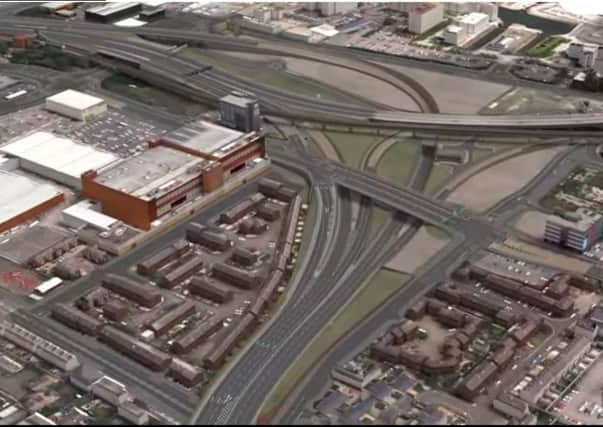If £100m had not been spent on NW rail upgrade, Dungiven would have had bypass long ago


This is the usual option from our politicians – blame someone else. The real blame lies at Stormont for their total failure to adopt a proper transport strategy.
The minister, Chris Hazzard, has asked the question “should the people in Dungiven have to forego their bypass in order to accommodate the York St interchange”.
Advertisement
Hide AdAdvertisement
Hide AdCertainly not, but then had the government not committed over £100 million to upgrading the least used rail service in Northern Ireland (Coleraine to Londonderry) Dungiven could have had its bypass long ago.


In July 2012 it was announced that there would be an immediate start to the upgrade of this railway line to facilitate an hourly service at a cost of £75 million with £27 million being transferred from a road project. In June 2015 the then minister announced the second phase would commence costing £46 million, originally costed at £20 million. This must now take the cost to over £100 million.
In October 2016 Minister Hazzard has now said that the introduction of the hourly service is in doubt due to a lack of funding.
Had a proper transport strategy been adopted we could have had a frequent coach service from Londonderry to Belfast, if necessary bypassing Dungiven, years ago. In addition we have the ludicrous situation where the same company operates both rail and bus services all totally reliant on government subsidy with obviously no element of competition.
Advertisement
Hide AdAdvertisement
Hide AdFinally, for the minister to say in response to a comment from Seamus Leheny of the Freight Transport Association that he was not there to provide additional profit for road hauliers demonstrates his total lack of understanding as obviously the vast majority of vehicles inconvenienced by the York Street junction are not lorries but cars all of whom are occupied by voters, most of whom are trying to get to their day’s work.
William Oliver, Castlerock